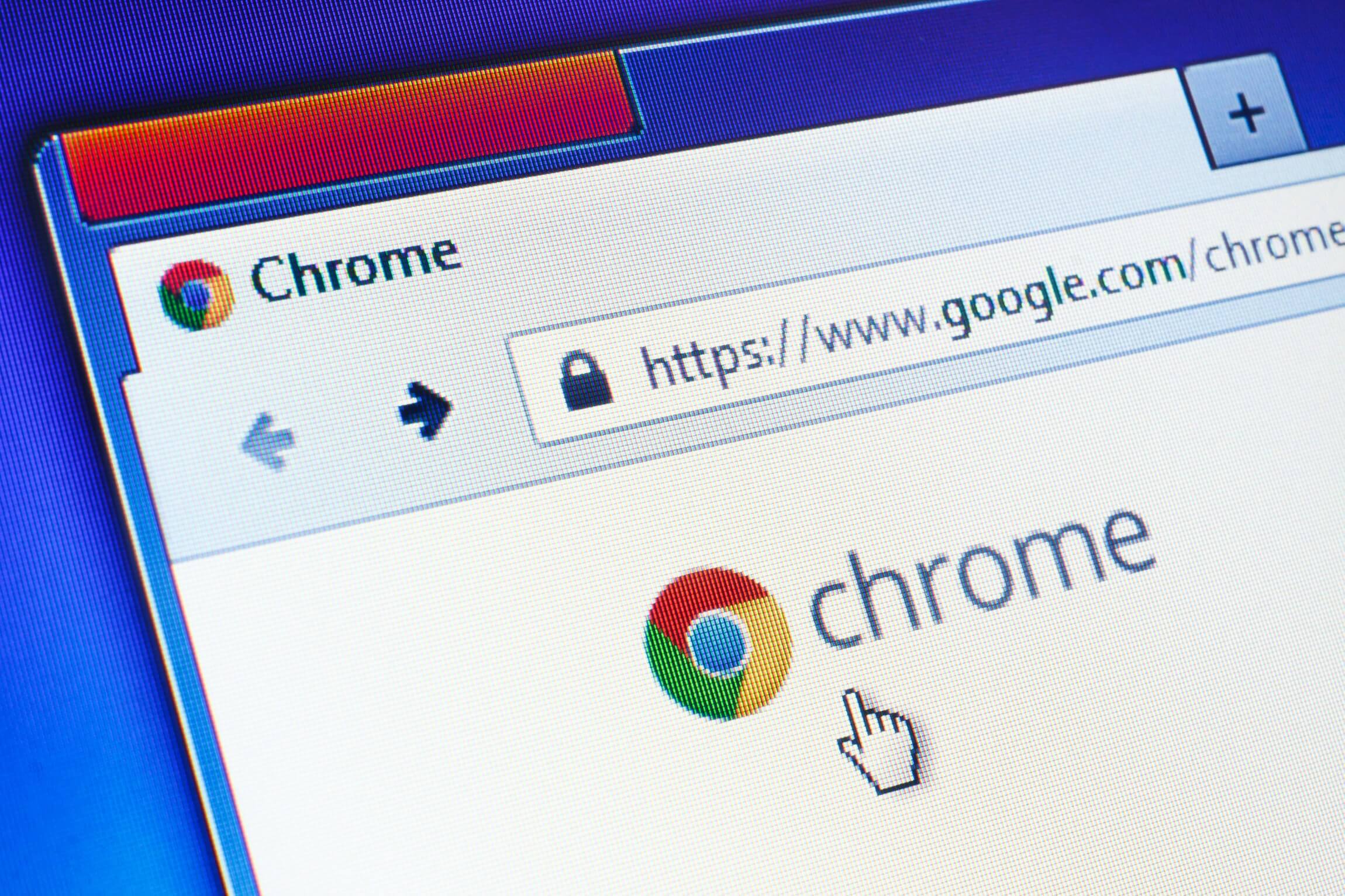New feature: If you are tired of continually denying permission requests from every website you visit, Google is about to make your "user experience" better. Starting with version 80, the Chrome browser will have a "quieter" interface by blocking unsolicited pop-ups asking for your consent.

On Tuesday, Google announced it would be “introducing quieter permission” notifications into the Chrome 80 user interface. By quieter, it means fewer pop-up notifications.
It is not looking to eliminate all requests. After all, users will still want to get notifications from their calendars and other websites. Primarily, Chrome will automatically block “unsolicited permission requests.”
Users will be able to turn on the new UI manually through Chrome’s settings. However, it will be automatically enabled for two conditions. If a user typically blocks most permission requests, they will default to the quiet interface. Also, notifications from sites with “low opt-in rates” will be blocked.
Google says the automatic blocking will be introduced “gradually” to be sure users view it as a positive change.
“The automated enrollment will be enabled gradually after the [Chrome 80] release while we gather user and developer feedback.”
Looking forward, Google is planning to block permission requests on websites that abuse notifications by using them deceptively or for malware. Anyone who has been annoyed by “Your computer has a virus” pop-ups can appreciate that. It is also planning to auto-block websites using permissions for advertising, but these changes will not arrive until later in the year.
The quieter UI is not just for the desktop version of Chrome, either. It will be incorporated into the iOS and Android Chrome browsers as well. Google included an “in-product help dialog” that will appear the first time the new interface is enabled to help users understand what it does.
Chrome 80 exited beta on Wednesday. Google expects to have a stable version available to the public by February 3. For a full list of features coming with the newest version, check out the Chrome 80 release notes.
Masthead credit: Evan Lorne via Shutterstock